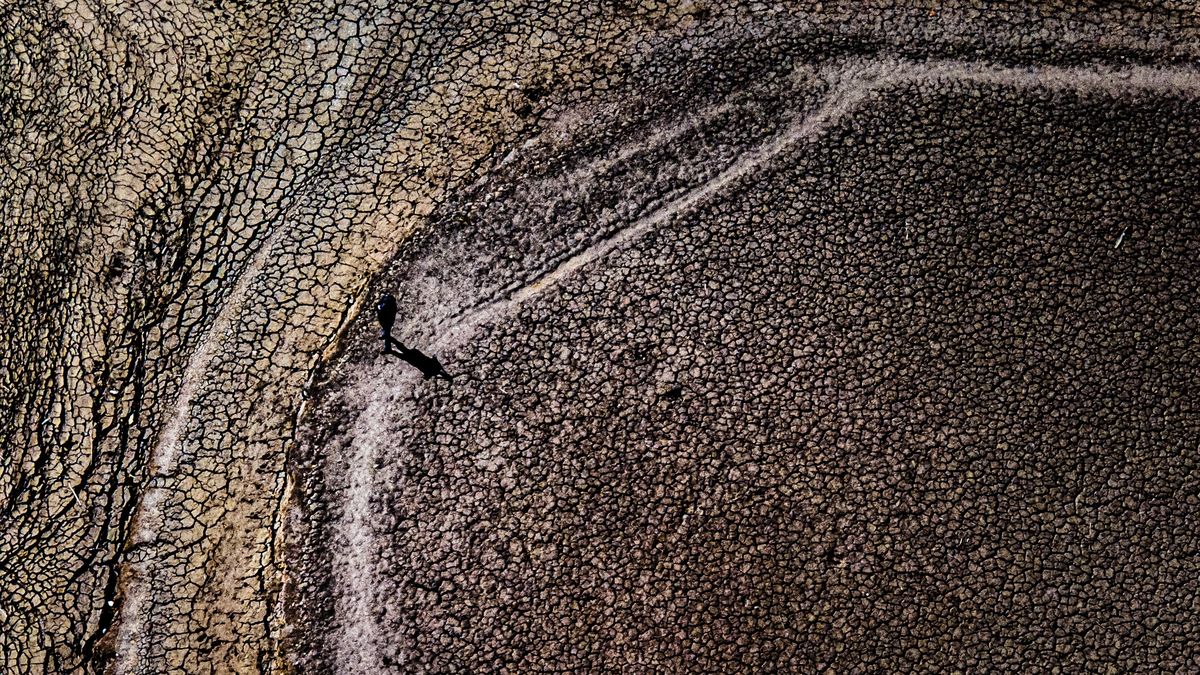Europe is working to protect the marine environment and to make these priorities in line with the transitions needed to clean energy and maintain food security. Therefore, today, on the occasion of World Ocean Day, at the meeting of the EU Directors on Water and Oceans in Stockholm and under the chairmanship of the Presidency of Sweden, the threshold values for favorable seabed states were finally agreed upon. This will prevent further damage.
Ecological habitats in good condition are considered as those that have not been affected by human pressure by more than 25% and have not suffered more than 2% permanent loss. These threshold values have been prepared for a long time by experts from across the EU, including Czech and French experts in the so-called presidential trio.
Damage to the seabed occurs as a result of fishing, pollution or dredging, or loss of the natural seabed due to extraction of oil, natural gas and renewable energy sources at sea (fixed platforms, wind turbines, development of coastal areas including ports). infrastructure). At the same time, the seabed is considered an ecological habitat in good condition if no more than 25% is negatively affected by human pressure and no more than 2% is irretrievably lost.
Member States must comply with these limit values and take them into account when updating marine environmental assessments. Furthermore, implementing appropriate steps such as setting space or time restrictions on human activities, be it trawling, dredging, infrastructure development, and others.
Commissioner for Environment, Oceans and Fisheries Virginijus Sinkevičius said: “A healthy seabed is a condition for human well-being and prosperity. It is home to many carbon-absorbing marine animals and vegetation, and is also under great pressure from human activities. Urgent Because action is required. The seabed protection criteria approved today – based on the best available science and the precautionary principle – are an important step towards a healthier and more sustainable use of our seas and oceans.”
The ocean floor is the foundation of a healthy marine environment. It is home to millions of marine species and habitats, provides food and oxygen to our seas and oceans and helps regulate climate. Therefore, protecting the seafloor is critical to meeting the EU’s goals for biodiversity, zero pollution, climate adaptation and food security.

“Certified bacon geek. Evil social media fanatic. Music practitioner. Communicator.”







